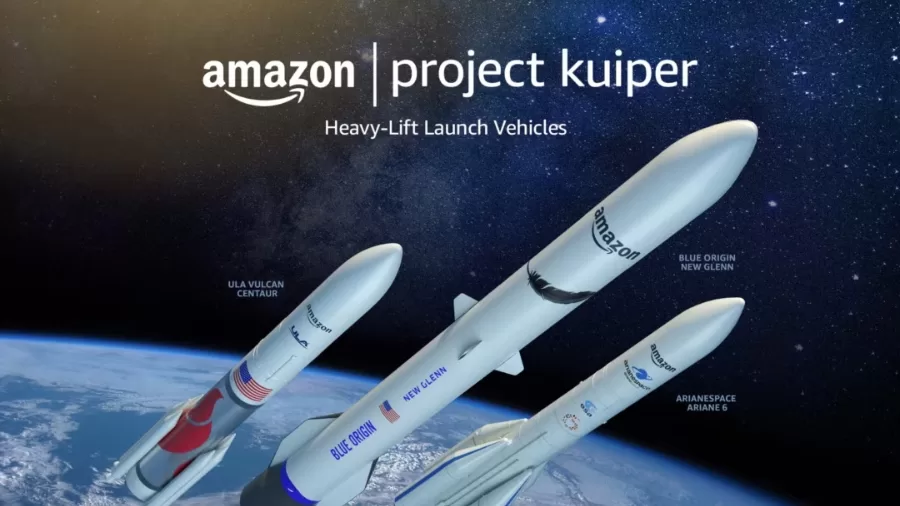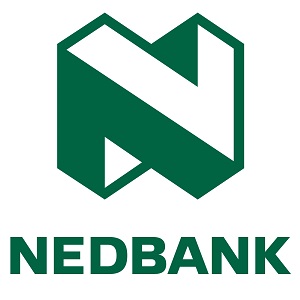Technology
Amazon’s Project Kuiper: A New Global Internet Race Begins

- $10 billion investment on the line: Amazon plans to launch 3,236 satellites through Project Kuiper, with the first deployment set for 28 April 2025.
- The regulatory clock is ticking: Half the fleet is expected to be in orbit by July 2026, or Amazon risks losing key FCC permissions.
Amazon’s Space Gambit Moves into High Gear
From London’s vantage point, it is often easy to view America’s tech races as distant spectacles. However, what is unfolding with Amazon’s Project Kuiper deserves closer attention.
The Kuiper 1 mission is scheduled for 28 April 2025, with a United Launch Alliance (ULA) Atlas V rocket set to lift off from Cape Canaveral, Florida, carrying 27 satellites into low Earth orbit.
This is more than just a US corporate milestone. It represents a deeper shift in global connection architecture, with far-reaching effects beyond American borders.
What Exactly Is Project Kuiper Aiming For?
At its heart, Project Kuiper seeks to deploy 3,236 satellites to deliver high-speed broadband internet to areas traditional infrastructure does not reach.
These include rural communities in the United States, isolated villages throughout Africa, and possibly underserved areas in the United Kingdom and Europe.
For Amazon, it represents a strategic expansion of their empire, which includes retail, cloud computing, shipping, and now worldwide data distribution.
The commercial satellite broadband market is projected to reach more than £16 billion globally by 2030. Amazon wants its share.
A Race Against Time
The project carries an immovable regulatory deadline. The U.S. Federal Communications Commission (FCC) requires that half of Kuiper’s planned satellites be operational by July 2026.
If Amazon does not achieve this condition, it risks losing access to key radio frequency rights, effectively destroying the project.
This limited schedule is why Kuiper 1 is so important. Success will validate Amazon’s satellite designs, launch plans, and ground control systems, all of which are important for rapid growth in the coming 18 months.
Starlink Has a Head Start
Amazon is not entering a blank field.
Spacex’s Starlink, already offering service in parts of rural England, has more than 7,000 satellites in orbit. Customers here in the UK have been among early adopters of satellite broadband, particularly in Cornwall, the Highlands, and other rural stretches.
Starlink’s head start gives it a significant early advantage. Project Kuiper, despite Amazon’s resources, is a late entrant.
OneWeb, partly owned by the UK government after a post-bankruptcy rescue, is also competing aggressively in Europe and beyond.
Amazon will need to scale very fast to compete seriously.
Will Weather Stand in the Way Again?
Weather remains a persistent risk to satellite launches.
Amazon’s previous test launches faced delays due to storms and range conflicts at Cape Canaveral. For Kuiper 1, the launch window opens at 7 p.m. Eastern Time, with a two-hour window.
If weather disrupts this slot, delays might spread across Amazon’s meticulously planned program, increasing pressure to achieve FCC requirements.
Launch risk remains another concern. ULA’s Atlas V is highly reliable, but rocket launches carry unavoidable uncertainties.
What Kuiper 1 Aims to Prove
The mission will see 27 satellites deployed into orbits between 450 and 630 kilometres above Earth.
Each satellite is equipped with:
- Solar panels for power
- Inter-satellite laser links for data networking
- Broadband antennas capable of beaming service to customer terminals
The goal is straightforward: demonstrate that Amazon’s satellite technology can perform reliably before scaling up production.
A successful Kuiper 1 mission would greenlight Amazon’s larger deployment plans across 2025 and into 2026.
Production Lines and Potential Bottlenecks
Amazon has invested heavily in manufacturing infrastructure.
In Kirkland, Washington, a 100,000-square-foot production facility has been established, targeting production rates of up to five satellites per day.
Every satellite must undergo extensive environmental testing, vibration trials, and communication checks. Even minor production issues could create backlogs at a time when speed is critical.
From a UK perspective, it is similar to watching a grand-scale industrial effort, with precision engineering, regulatory scrutiny, and geopolitical competition all intertwined.
Financial Stakes: An Unusually Bold Play
Project Kuiper represents one of Amazon’s boldest moves yet.
The company has committed more than £8 billion to the initiative. Beyond satellites, Amazon has built satellite processing facilities at Kennedy Space Centre and secured long-term launch agreements with ULA, Blue Origin, and Arianespace.
Given Amazon’s tendency to think in decades rather than quarters, Project Kuiper is less about short-term profitability and more about locking in future market dominance.
Still, if delays or technical failures mount, even Amazon could feel the financial strain.
The Strategic Advantage Amazon Could Leverage
Unlike SpaceX’s Starlink, Amazon has vast ecosystems that could be bundled with Kuiper broadband service.
Imagine Kuiper internet paired with Amazon Prime subscriptions. Or AWS cloud customers gaining satellite networking capabilities in remote regions.
From London to Lagos, such bundled offerings could redefine how people access and pay for online services.
Amazon’s true competitive edge may lie less in the sky and more in how it connects space assets to its terrestrial platforms.
A Pattern of High-Risk Moves
Amazon has never been shy about making large, risky bets.
It poured billions into Amazon Web Services before cloud computing was mainstream. It built a logistics empire before one-day delivery was considered feasible. It acquired Whole Foods and redefined online grocery.
Project Kuiper fits neatly into this pattern: spend heavily, move quickly, absorb early losses, and aim for industry dominance later.
A Potential Global Game Changer
If Kuiper succeeds, satellite broadband could transform:
- Access to education in rural villages
- Healthcare delivery in remote regions
- Economic development in isolated communities
For the UK alone, areas from the Highlands to the Yorkshire Dales could see improved broadband alternatives.
In developing markets across Africa, Asia, and Latin America, it could be revolutionary.
The race to connect the next billion internet users is very much on, and Amazon wants to lead it.
Looking Beyond the First Launch
Assuming Kuiper 1 succeeds, Amazon plans to increase its launch cadence rapidly.
The goal is to deploy hundreds of satellites through 2025, bringing the network to operational status in select areas by early 2026.
Early customers will likely include governments, NGOs, enterprises, and isolated communities desperate for better service.
Pilot programmes are expected to begin before the end of 2025.


















































